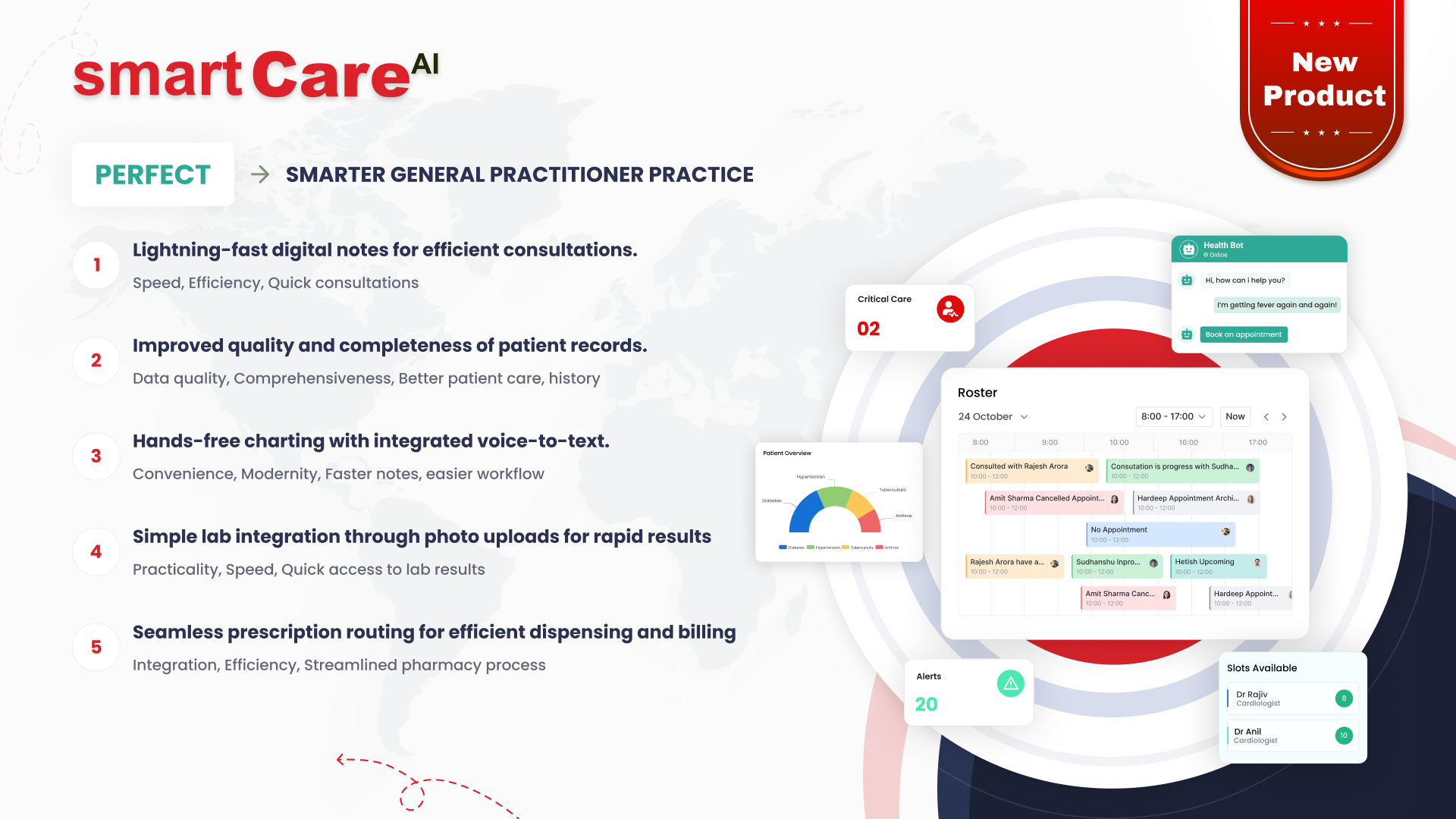
Posted On October 22, 2025
Common Challenges in Healthcare API Integration & How to Solve Them
Healthcare systems are becoming more connected than ever. Hospitals, clinics, pharmacies, and insurance providers rely heavily on APIs to exchange vital patient data and improve care delivery. However, integrating healthcare APIs is not always easy. It involves strict compliance, high security, and compatibility between different systems. Below, we explore the most common challenges and how organisations can overcome them.
Ensuring Strong Data Security
Healthcare data is extremely sensitive. When APIs connect multiple systems, there is a risk of data breaches, unauthorised access, or misuse. Cyberattacks continue to grow, making security a top concern for healthcare IT leaders.
Solution:
Use secure authentication methods, data encryption, and continuous monitoring. Implement role-based access controls and follow established security frameworks to ensure patient data stays protected across every connected system.
Meeting Healthcare Compliance Requirements
Every healthcare organisation must follow strict regulations such as HIPAA, GDPR, and regional data protection laws. Even a small mistake in API integration can lead to legal penalties and loss of trust.
Solution:
Choose APIs that are designed to comply with healthcare regulations. Conduct regular compliance audits and document all data flows to ensure privacy and legal requirements are always met.
Handling Complexity Between Different Systems
Healthcare institutions often use legacy software and modern applications together. These systems may not easily communicate with each other, leading to integration delays and errors.
Solution:
Adopt interoperability standards like HL7 and FHIR. Use middleware or integration platforms that help bridge the gap between old and new systems, ensuring smooth data exchange.
Managing Performance and Reliability Issues
If an API is slow or frequently fails, medical staff may not have access to patient information when they need it most. Poor performance affects care quality, productivity, and user experience.
Solution:
Monitor APIs in real time, automate performance testing, and optimise server capacity. Introduce fallback systems to maintain access even when an API experiences downtime.
Lack of Technical Expertise and Internal Support
Many healthcare organisations do not have experienced development teams who understand both technology and medical workflows. This can slow down API adoption and integration success.
Solution:
Invest in training or collaborate with expert IT partners. Skilled healthcare API specialists can guide integration strategy and provide long-term technical support.
Legacy Systems Holding Back Modern Integration
Many hospitals still use outdated legacy systems that were not built with modern APIs in mind. These systems can create barriers to smooth data exchange.
How to solve it:
Gradual modernisation through middleware platforms, data migration strategies, and cloud adoption can help organisations connect old systems with new API technologies.
Limited Technical Expertise Within Healthcare Teams
Healthcare providers focus mainly on patient care, which means they may lack in-house API expertise or integration specialists.
How to solve it:
Partnering with experienced technology consultants and upskilling IT teams can ensure secure, efficient, and scalable API integration without overwhelming internal staff.
Integration Testing Challenges
Every healthcare system has different workflows and data formats. Testing to ensure everything works properly can be time-consuming and complex.
How to solve it:
Continuous testing, sandbox environments, and automated validation tools help identify issues early, reducing delays and preventing errors once the solution is live.
Lack of Standardised Data Exchange Practices
Different systems often interpret medical data differently, leading to incomplete or inaccurate data sharing.
How to solve it:
Following industry-wide standards such as HL7, FHIR, and DICOM ensures consistent data exchange and reduces manual corrections or data mismatches.
Slow Data Transfer and Performance Issues
API performance problems can impact the timely availability of critical patient information.
How to solve it:
Performance monitoring, load balancing, and scalable API design improve response times and ensure reliable performance even during high-volume usage.
Conclusion
Healthcare API integration is essential for seamless data flow and improved patient outcomes, but it comes with security, compliance, and performance challenges. By using the right integration standards, strengthening security, and partnering with experienced professionals, healthcare providers can achieve reliable and smooth API connectivity.
For expert support on healthcare API solutions, you can visit https://smartdatainc.com/
If you want, I can also write Part 2 based on subheadings 6 to 10.
